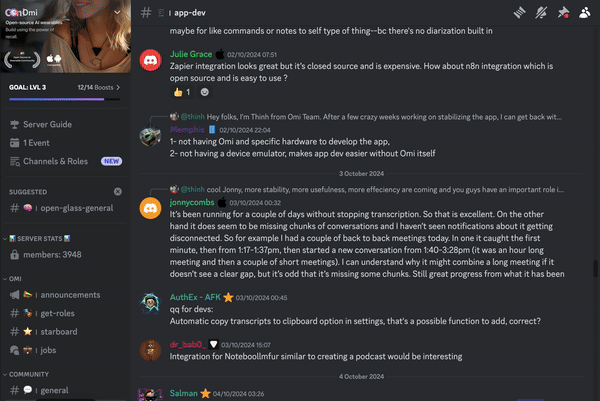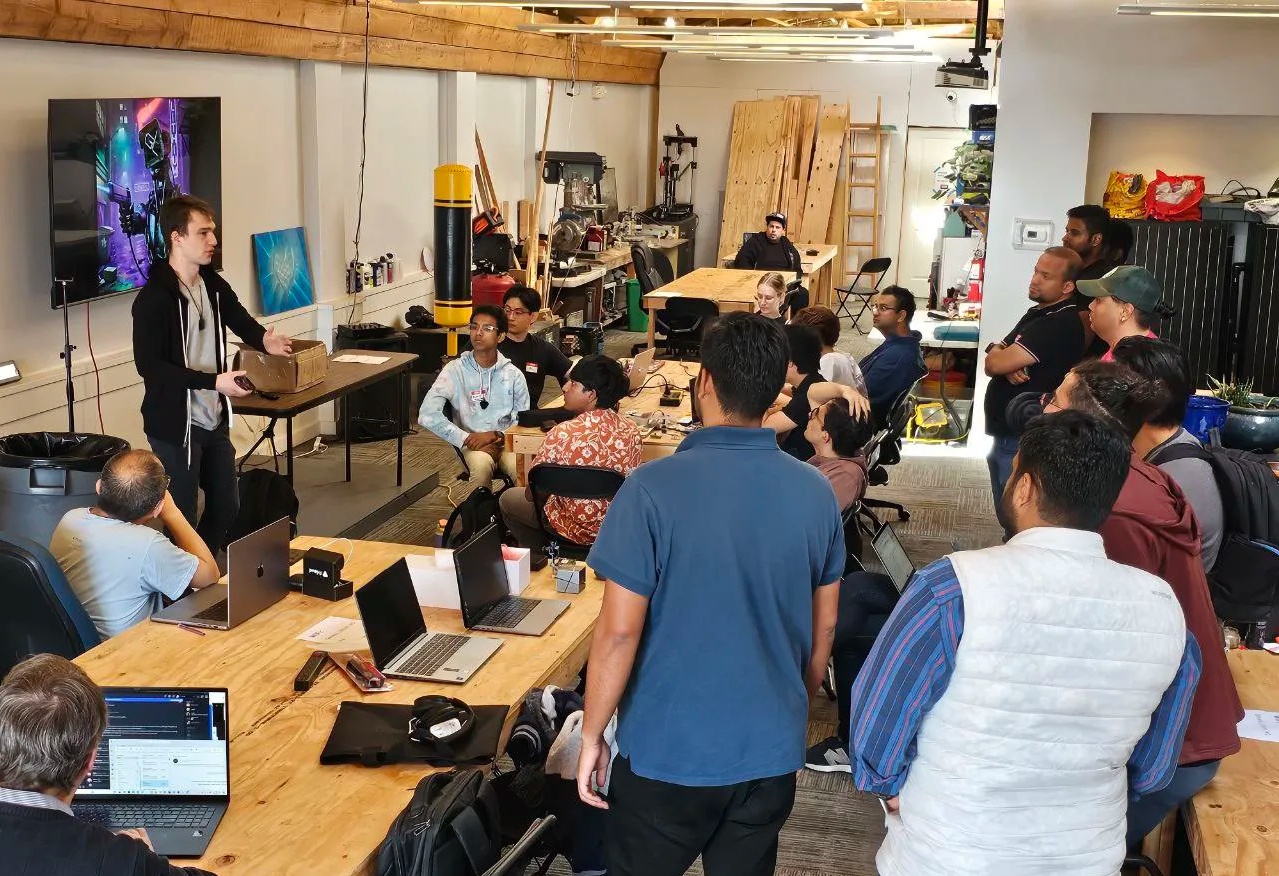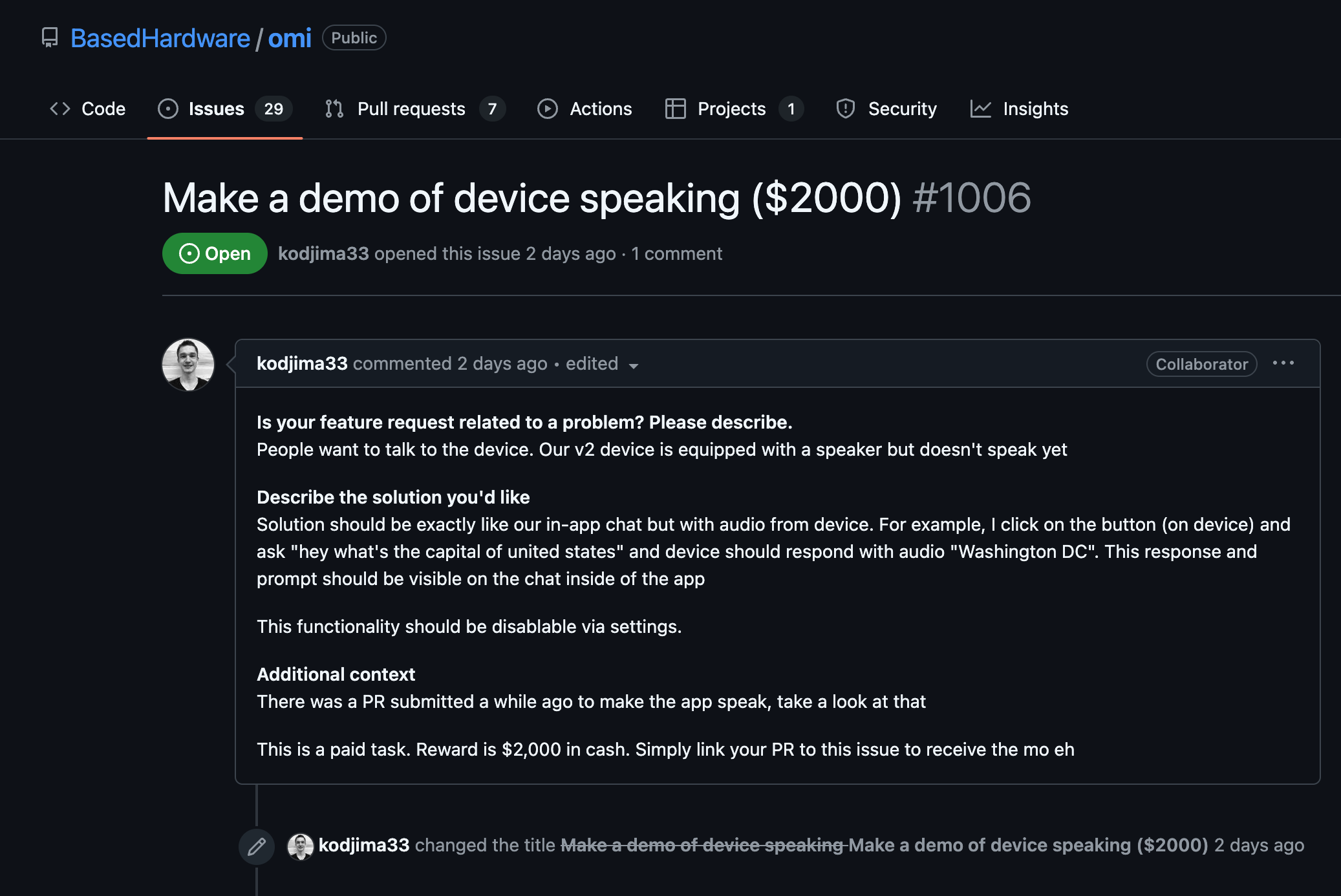Set Up the API Endpoint
- The base URL for the Zomato API is
https://developers.zomato.com/api/v2.1/. Identify the specific endpoint you need, such as /search for fetching restaurant data based on location or cuisine.
- Understand query parameters. For example, use parameters like
entity_id, entity_type for locations, or cuisines for filtering by culinary type.
const apiUrl = 'https://developers.zomato.com/api/v2.1/search';
Initialize Headers for Authorization
- Zomato requires an API key for authorization. Set up the request headers to include this API key.
const headers = {
'user-key': 'your_zomato_api_key',
'Content-Type': 'application/json'
};
Make an API Request
- Utilize
fetch or axios to make a GET request. Pass the appropriate headers and query parameters.
- Handle the response in JSON format, and catch any errors that might occur during the fetch operation.
fetch(`${apiUrl}?entity_id=1&entity_type=city`, { headers })
.then(response => response.json())
.then(data => console.log(data))
.catch(error => console.error('Error fetching data:', error));
Parse and Use the Data
- The Zomato API returns a JSON object. Parse this object to access the restaurant details.
- Map over the restaurants to display specific details such as name, location, and cuisine.
fetch(`${apiUrl}?entity_id=1&entity_type=city`, { headers })
.then(response => response.json())
.then(data => {
const restaurants = data.restaurants;
restaurants.forEach(restaurant => {
console.log(`Name: ${restaurant.restaurant.name}`);
console.log(`Cuisine: ${restaurant.restaurant.cuisines}`);
console.log(`Location: ${restaurant.restaurant.location.address}`);
});
})
.catch(error => console.error('Error fetching data:', error));
Handle Rate Limiting and Errors
- The Zomato API has a rate limit. Consider implementing a mechanism for backoff or retries if rate limits are hit.
- Implement error handling for scenarios like invalid API keys or incorrect endpoint usage.
fetch(`${apiUrl}?entity_id=1&entity_type=city`, { headers })
.then(response => {
if (!response.ok) {
throw new Error(`HTTP error! status: ${response.status}`);
}
return response.json();
})
.then(data => {
// process the data
})
.catch(error => console.error('Network or server error:', error));
Best Practices and Optimizations
- Cache frequently requested data to minimize API calls and reduce latency.
- Consider using asynchronous patterns like
async/await for cleaner code when handling API requests.
























